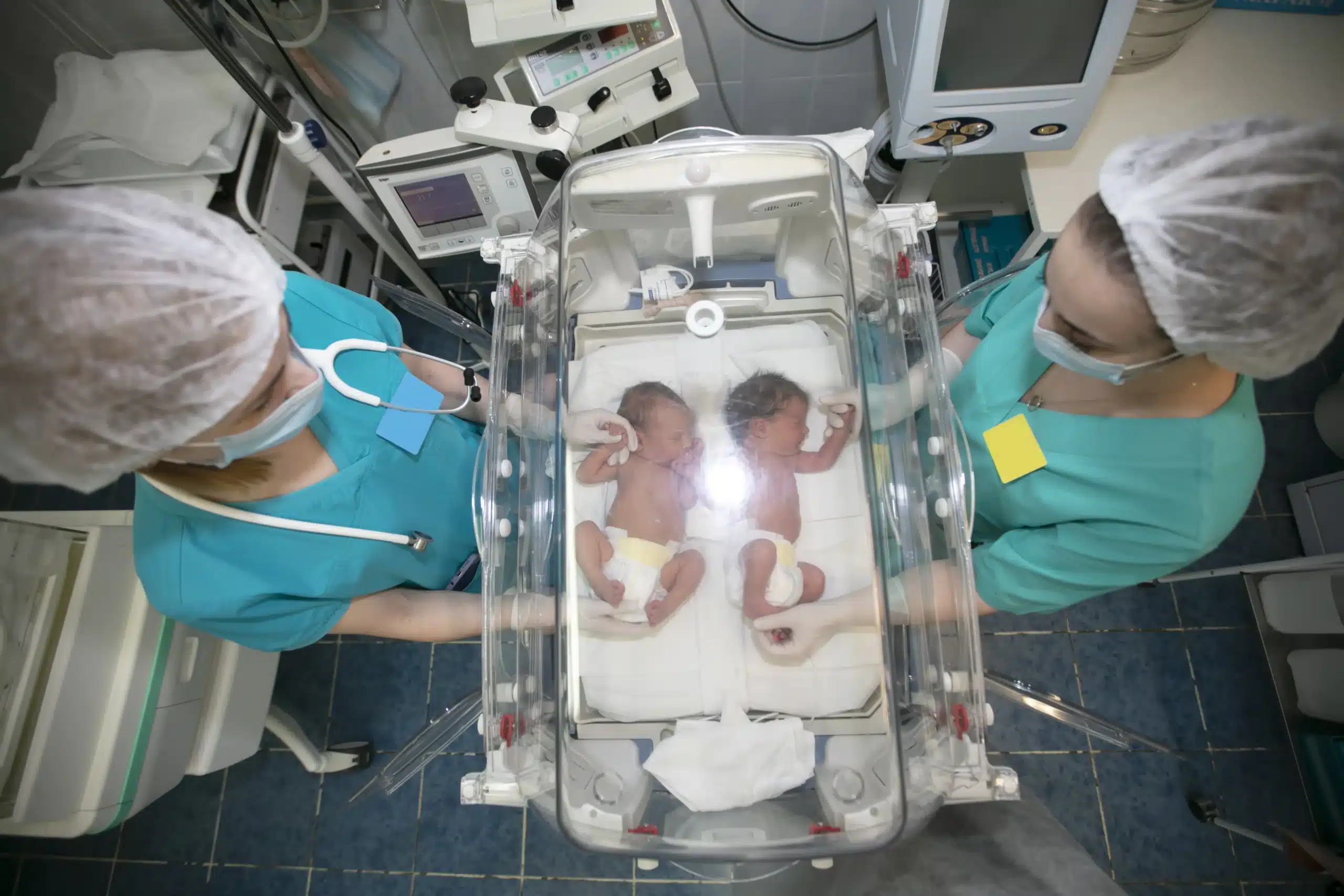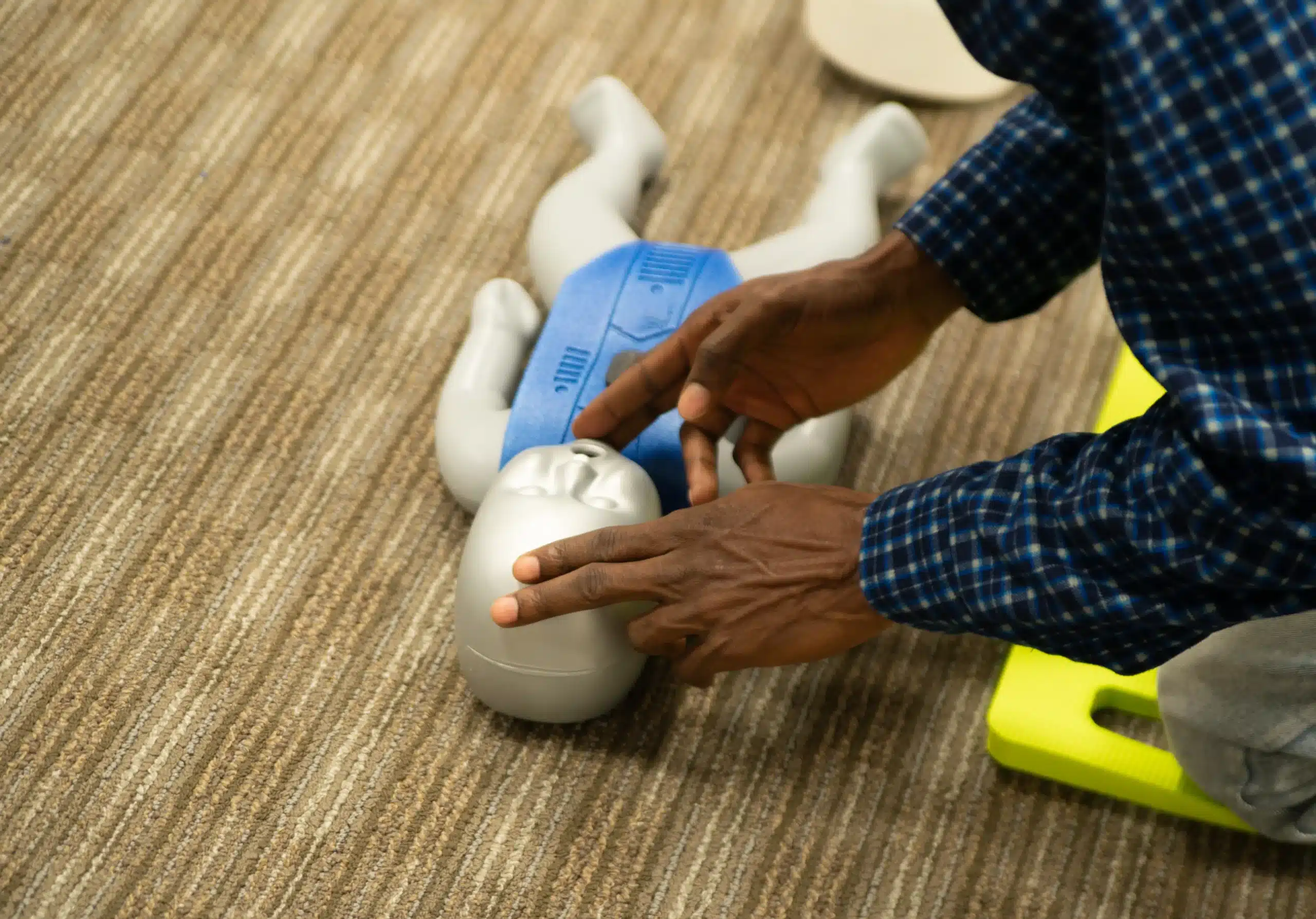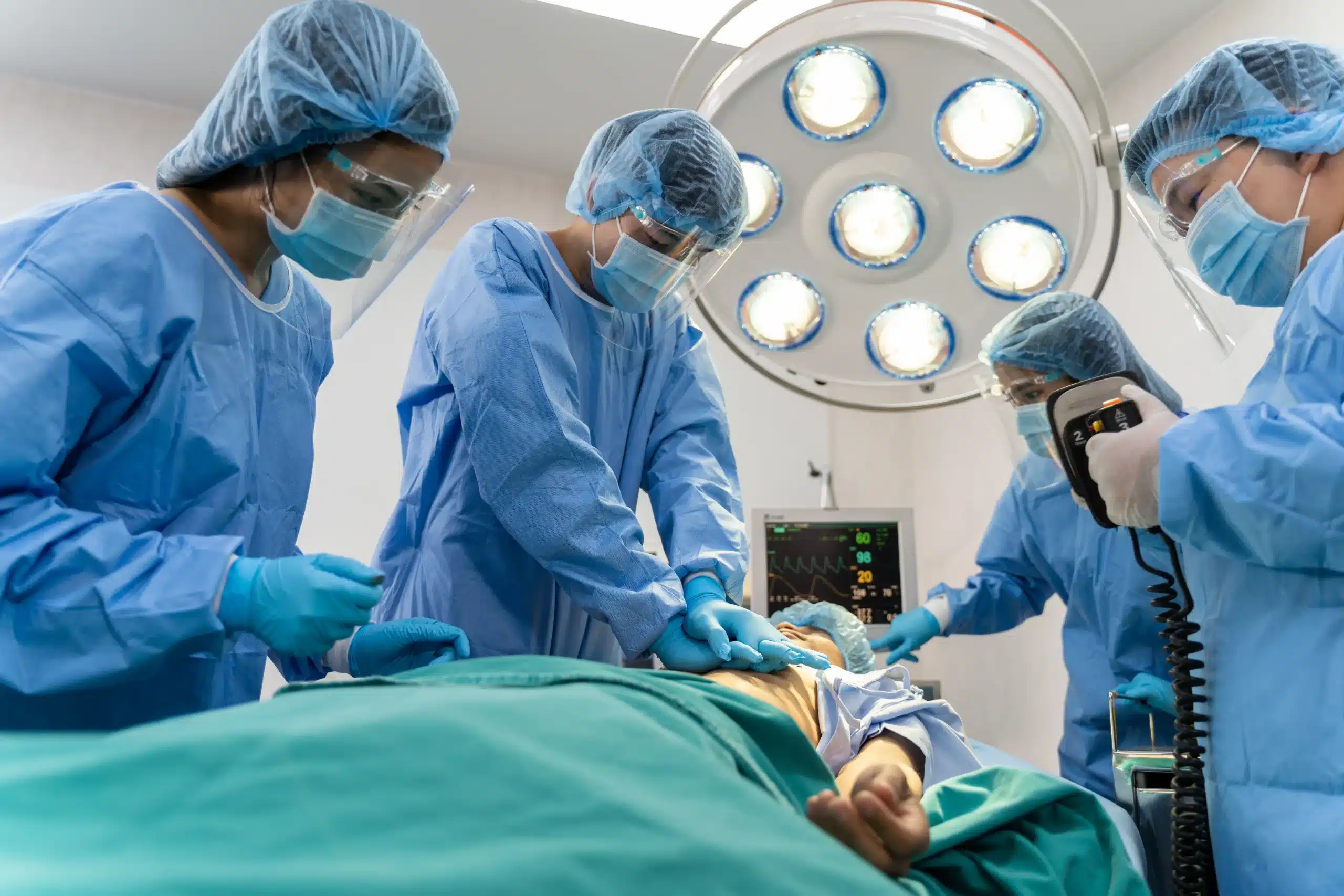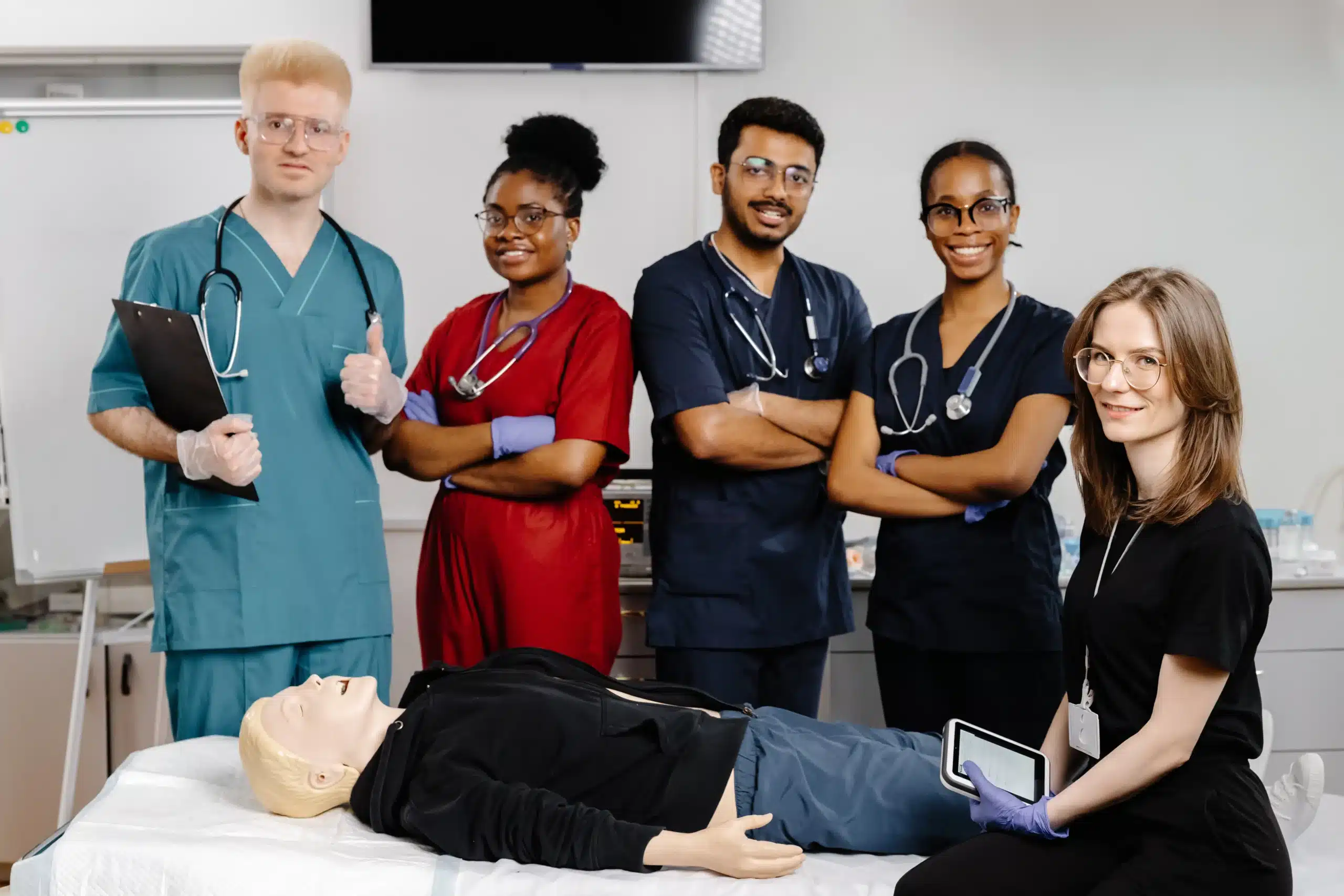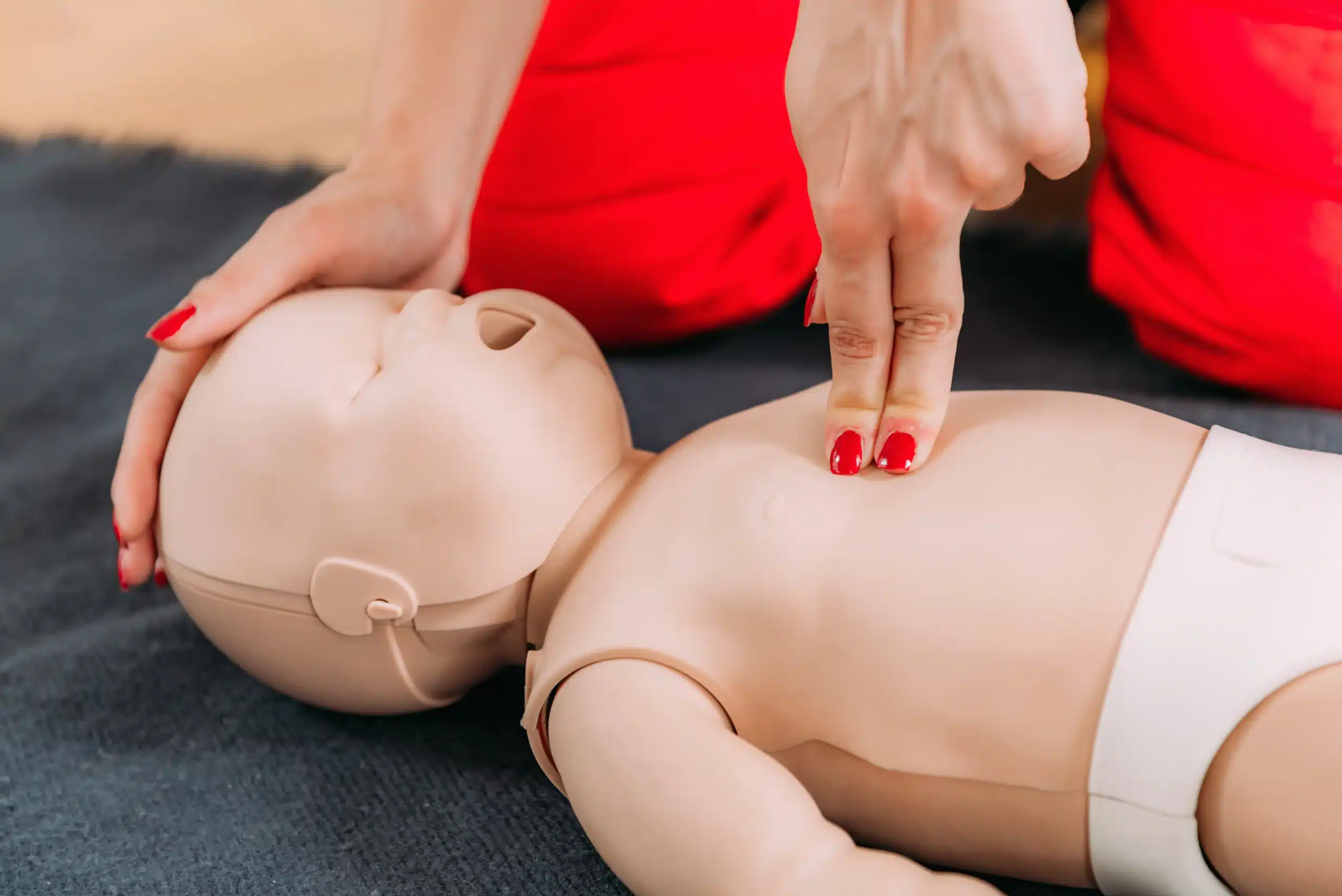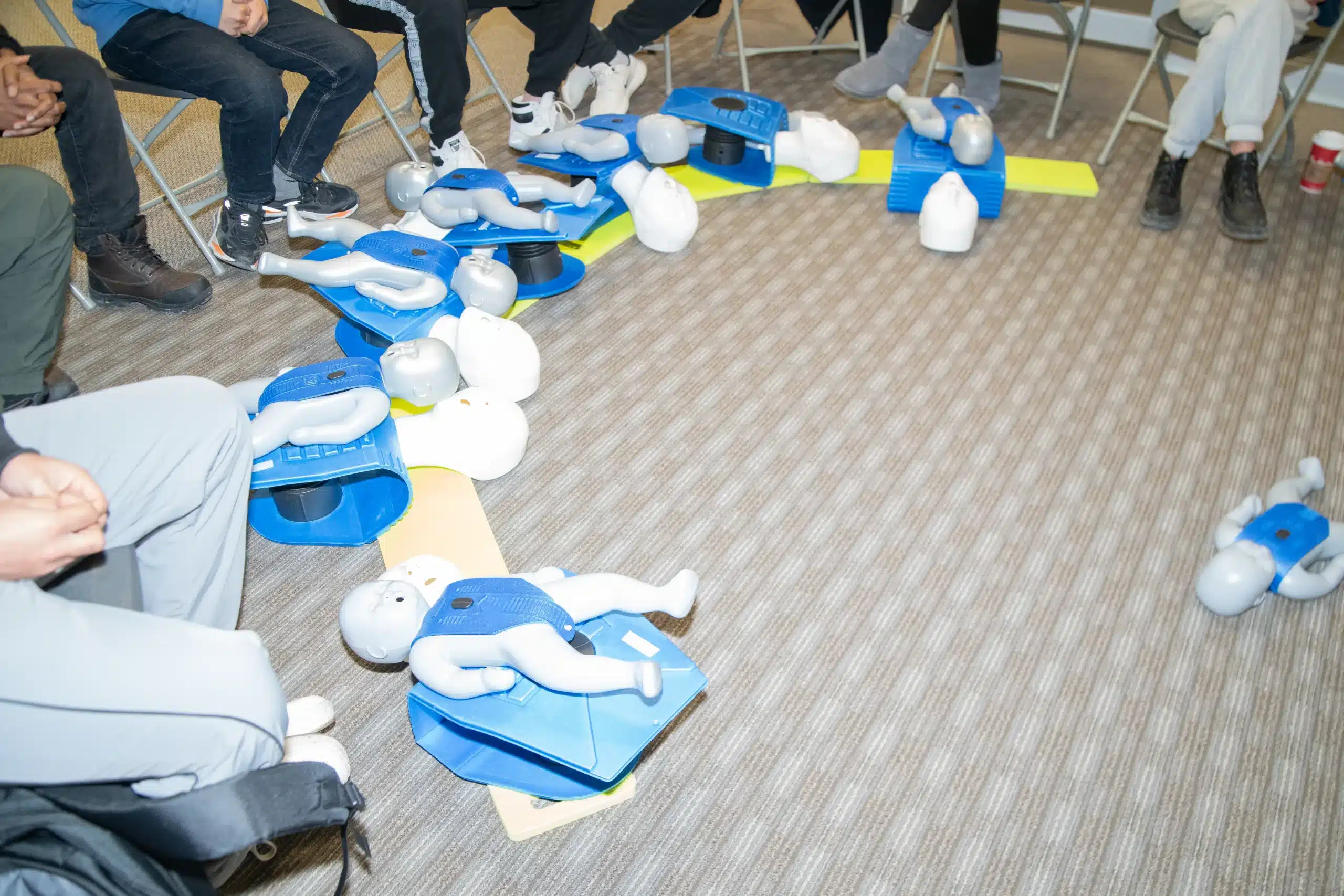Knowing how to respond to a medical emergency can make all the difference. BLS training gives you the skills to confidently handle these situations. If you’ve been searching for “bls training near me,” you’re in the right place. This comprehensive guide covers everything from the basics of BLS certification to choosing the right training program and maintaining your skills. We’ll explore different learning formats, discuss costs and certification, and even offer tips on preparing for your BLS course. Let’s get started!
Key Takeaways
- BLS certification is for everyone: These life-saving skills empower you to handle medical emergencies. Find a course—in-person, online, or blended—that works for you.
- Finding quality BLS training is simple and affordable: Reputable organizations offer various courses. Consider factors like location, cost, and instructor experience when choosing a provider like Safety Training Seminars, known for excellent customer service and a low-price guarantee.
- Stay current with your BLS skills: Regularly refresh your knowledge and practice your skills after certification. Staying up-to-date ensures you’re always prepared.
What is BLS Training and Why Do You Need It?
Basic Life Support (BLS) certification equips you with life-saving skills. It’s about more than just CPR—BLS training teaches essential techniques to respond to medical emergencies. Knowing how to perform high-quality CPR, use an AED, and clear an obstructed airway can make all the difference.
Definition and Key Skills
BLS certification focuses on single-rescuer and team basic life support skills for healthcare providers. You’ll learn how to recognize life-threatening emergencies, provide high-quality chest compressions, deliver appropriate ventilations, and use an automated external defibrillator (AED). BLS also covers basic airway management and techniques for assisting someone who is choking. These skills are crucial for anyone working in a healthcare setting. Safety Training Seminars offers BLS courses in San Francisco that cover all these essential skills.
Who Needs BLS Certification?
BLS certification is often a job requirement for healthcare providers, including doctors, nurses, paramedics, and other medical professionals. It’s also beneficial for people in other professions, such as teachers, coaches, lifeguards, and childcare providers. Essentially, anyone who might need to respond to a medical emergency can benefit from BLS training. Check with your employer or professional organization to see if BLS certification is required for your role. You can find a range of BLS courses in the San Francisco area through Safety Training Seminars.
Common BLS Misconceptions
One common misconception is that BLS certification is only for medical professionals. While it’s certainly essential for healthcare providers, anyone can take a BLS course and learn these valuable skills. Another myth is that BLS training takes a huge chunk of time. In reality, BLS courses are designed to be efficient and can often be completed in a single day. Safety Training Seminars offers a variety of BLS courses in San Francisco to fit your schedule. Our low price guarantee ensures you get high-quality training at an affordable price.
Find BLS Training Near You
Finding the right BLS training program involves understanding your options and choosing a provider that fits your needs and learning style. Let’s explore how to find local training centers, evaluate providers, and discover some of the top organizations offering BLS certification.
Local Training Centers and Online Resources
Start your search by exploring local options. A quick online search for “BLS training near me” can uncover nearby training centers, hospitals, and community organizations offering courses. Don’t forget to check community colleges and universities, which often provide continuing education programs, including BLS certification. If in-person classes aren’t feasible, consider online BLS training programs, which offer flexibility for busy schedules. Websites like the American Heart Association and Red Cross offer course locators to help you pinpoint classes in your area.
Choosing a Training Provider
With various BLS training providers available, selecting the right one is crucial. Look for providers adhering to the latest American Heart Association guidelines, ensuring your training reflects current best practices. Consider factors like instructor experience, course format (in-person, online, or blended), and overall cost. Reading reviews and testimonials from past students can offer valuable insights into the quality of instruction and the learning experience. A provider’s reputation for comprehensive training and excellent customer service is essential. For those in the San Francisco area, Safety Training Seminars is known for its commitment to both quality instruction and customer satisfaction, plus they offer a low price guarantee.
Top BLS Training Providers
Several reputable organizations offer high-quality BLS training programs. Here are a few leading providers to consider:
American Heart Association
The American Heart Association is a recognized leader in CPR and ECC training. They offer a wide range of BLS courses, including options for healthcare providers, Heartsaver BLS for those in non-healthcare settings, and renewal courses.
Red Cross
The Red Cross provides comprehensive BLS training programs nationwide. They offer various course formats, including in-person, online, and blended learning options, catering to different learning preferences.
National CPR Foundation
The National CPR Foundation focuses on providing accessible and affordable CPR and BLS training. They offer various certification courses, including BLS for healthcare providers and the general public.
ProTrainings
ProTrainings offers a variety of online BLS certification courses, making it a convenient option for those with busy schedules or limited access to in-person training.
Safety Training Seminars
Safety Training Seminars offers comprehensive BLS training programs tailored for individuals and organizations. They provide courses in various locations, including San Francisco, and are known for their commitment to excellent customer service and competitive pricing. You can find their BLS, ACLS, and PALS courses in San Francisco. For those seeking NRP certification, they offer courses in Concord and San Francisco.
Choose the Right BLS Training Format
Finding the right BLS training format depends on your learning style, schedule, and budget. Let’s break down the most common options so you can make the best choice.
In-Person Training: Hands-On Experience
In-person BLS certification courses offer hands-on learning, giving you the chance to practice CPR, use an AED, and relieve airway obstructions on mannequins. This format is ideal for kinesthetic learners who thrive in interactive environments. You’ll also benefit from direct interaction with instructors, allowing you to ask questions and receive immediate feedback. If you learn best by doing and value face-to-face instruction, in-person training might be your best bet. Our San Francisco location offers BLS certification courses daily.
Online Courses: Flexibility and Convenience
If your schedule is packed or you prefer learning at your own pace, an online BLS course offers maximum flexibility. You can study anytime, anywhere, and often at a lower cost than traditional classes. Online courses typically include interactive modules, videos, and practice quizzes. While online courses may not always include a live skills test, they provide a convenient and affordable way to learn the material. This format is perfect for self-directed learners who prefer independent study.
Blended Learning: The Best of Both Worlds
Blended learning combines online and in-person training. You’ll complete the coursework online at your own pace, then attend an in-person skills session to practice what you’ve learned. This approach offers the convenience of online learning with the added benefit of hands-on practice and instructor feedback. Blended learning is a great option for those seeking a balance of flexibility and hands-on experience. Check our website for information on blended learning CPR courses in your area.
Select the Ideal Format
Choosing the right format comes down to your individual needs. Consider your learning style, available time, and budget. If you value hands-on learning and interaction with instructors, in-person training is a great choice. If flexibility and affordability are top priorities, an online course might be a better fit. And if you’re looking for a balance of both, blended learning offers a solid compromise. No matter which format you choose, make sure the course is accredited by a reputable organization like the American Heart Association or the Red Cross.
BLS Training: Costs, Structure, and Certification
Average Costs and Factors
One common misconception about BLS certification is that it’s expensive. In reality, BLS training is surprisingly affordable, especially considering its potential to save a life. The cost can vary based on your location, the training provider, and whether you choose in-person or online learning. Safety Training Seminars offers a low-price guarantee to ensure you’re getting the best value. Remember, the benefits of BLS certification far outweigh the initial training costs. It’s a worthwhile investment in your skills and the well-being of those around you.
Course Duration and Content
BLS training equips you with the essential skills to respond to cardiac arrest and other life-threatening emergencies. You’ll learn how to perform CPR, use an AED, and provide rescue breaths. The course typically covers adult, child, and infant CPR techniques, emphasizing high-quality chest compressions and effective ventilation. The duration of a BLS course can vary, but most providers offer options that fit comfortably within a day. This makes it easy to acquire these vital skills without disrupting your schedule. Check out our BLS courses in San Francisco for more details. CPR skills are essential for healthcare providers and the general public.
Certification Process and Validity
After successfully completing the BLS course and skills assessment, you’ll receive a nationally recognized certification. This certification is valid for two years, after which you’ll need a recertification course to stay current with the latest guidelines. BLS certification is often a requirement for healthcare providers and a valuable asset for anyone who wants to be prepared for emergencies. The certification process is straightforward, and our instructors are dedicated to supporting you.
Discounts and Guarantees
Safety Training Seminars is committed to making BLS training accessible. We offer various discounts and a low-price guarantee to ensure our courses are affordable. We believe that cost shouldn’t prevent anyone from acquiring these life-saving skills. Our goal is to empower individuals to confidently respond to emergencies and make a difference. Explore our ACLS courses in San Francisco as well. We encourage everyone to pursue BLS certification and recognize its value.
Prepare for BLS Training and Beyond
Now that you’ve signed up for your BLS training, here’s how to prepare for the course, the exam, and your future as a certified lifesaver.
Essential Materials and Pre-Course Study
Some BLS courses require purchasing a student manual before class. Your training provider will tell you exactly what you need. For example, the Red Cross offers BLS certification courses covering CPR for all ages, AED use, and how to relieve obstructed airways. Check with your provider—like Safety Training Seminars—to see if they require pre-course work. If so, set aside some time to review the materials.
What to Expect During Training
BLS training combines theory and practice. Expect a mix of lectures, demonstrations, and hands-on practice. Most courses offer in-person training, which allows for questions and interaction with the instructor and other students. You’ll also likely encounter scenario-based learning, which helps you develop critical thinking and problem-solving skills for real-world emergencies. Some providers also offer a blended learning option, combining online materials with an in-person skills session.
Overcome Test Anxiety
It’s normal to feel some test anxiety, but remember that BLS training focuses on practical skills and knowledge. The goal isn’t to trick you, but to equip you with the skills to save a life. Focus on understanding the concepts and procedures, not just memorizing steps. If you have any questions, don’t hesitate to ask your instructor for clarification. A common pitfall for healthcare providers is misunderstanding the specifics of BLS, so speaking up is always encouraged.
Maintain Your Skills After Certification
Your BLS certification is valid for two years. To stay sharp and ready for any emergency, take advantage of refresher materials. Many training providers offer free resources like quizzes, games, and videos to help you maintain your skills. Regularly reviewing the material and practicing your skills will help you stay at the top of your game. You can also find helpful information to keep your knowledge current from resources like Smart Sim Registration. Staying up to date with your BLS training ensures you’re prepared for any crisis and can confidently provide care when needed.
Related Articles
- BLS Certification in San Francisco: Your Complete Guide – San Francisco CPR Classes
- Basic Life Support (BLS) Classes in San Francisco – San Francisco CPR Classes
- BLS Certification in San Francisco: The Complete Guide – San Francisco CPR Classes
- BLS Courses San Francisco: Your Complete Guide – San Francisco CPR Classes
- BLS for Healthcare Providers in SF: A Practical Guide – San Francisco CPR Classes
Frequently Asked Questions
Is BLS certification only for healthcare professionals? Not at all! While it’s definitely a must-have for doctors, nurses, and other medical professionals, anyone can benefit from BLS training. From teachers and coaches to parents and childcare providers, having these skills can empower you to respond effectively in a crisis.
What if I’m nervous about the BLS exam? It’s completely normal to feel a little anxious about any exam. Just remember, the BLS exam focuses on practical skills and knowledge, not tricky questions. The instructors want you to succeed and are there to support you. Focus on understanding the material, and don’t hesitate to ask questions if anything is unclear.
How long does BLS certification last, and how do I renew it? BLS certification typically lasts for two years. To renew, you’ll need to take a recertification course. This ensures your skills and knowledge are up-to-date with the latest guidelines. Many training providers offer recertification courses, so it’s easy to stay current.
What’s the difference between online and in-person BLS training? In-person training offers hands-on practice and direct interaction with instructors, which is great for those who learn best by doing. Online training provides flexibility and convenience, allowing you to learn at your own pace and on your own schedule. Some providers also offer blended learning, which combines online coursework with an in-person skills session.
How much does BLS training cost, and are there any discounts available? The cost of BLS training varies depending on the provider, location, and course format. However, it’s generally more affordable than you might think. Many providers, including Safety Training Seminars, offer discounts and low-price guarantees. Check with your chosen provider for specific pricing information and available discounts.
